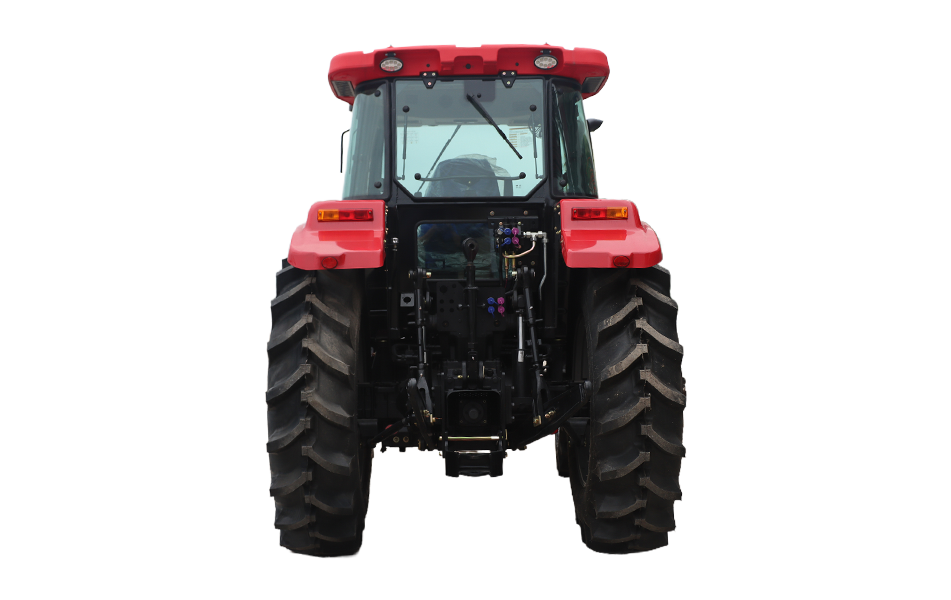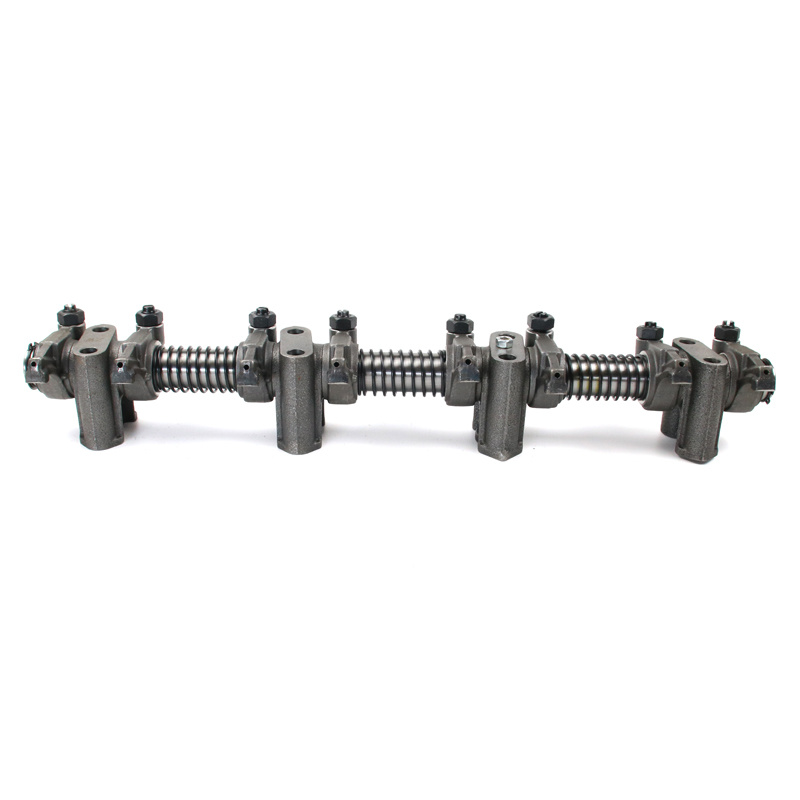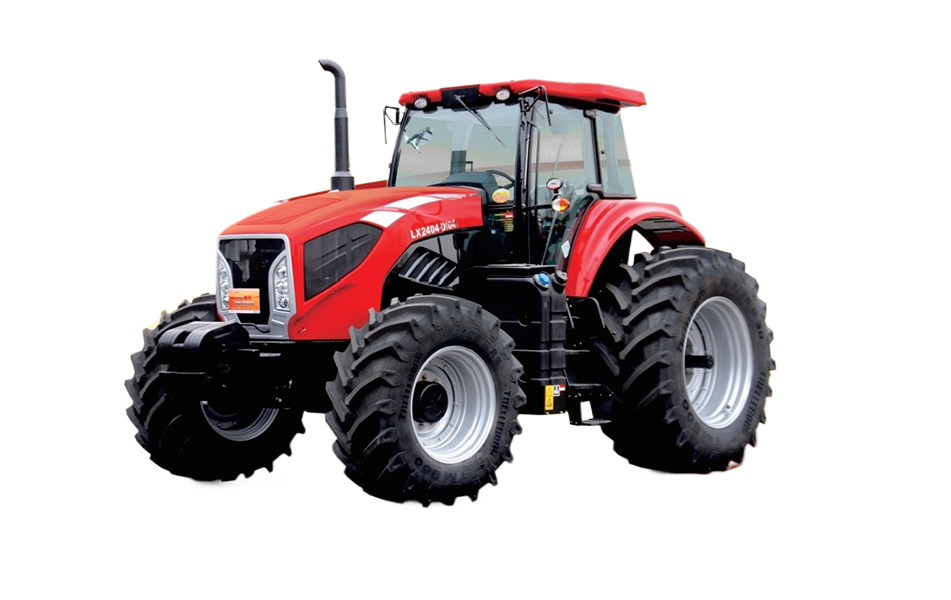Development Status and Countermeasures of Agricultural Mechanization in China
Release time:
2021-11-12
Agricultural mechanization is an important material basis for the development of modern agriculture, and it is also an important symbol and content for the realization of agricultural modernization. The No. 1 document of the Central Committee in 2022 proposes to comprehensively sort out the weak points of the short board, strengthen the collaborative research on the engineering of agricultural machinery and equipment, speed up the research and development and manufacturing of high-horsepower machinery, small machinery for hilly and mountainous areas and facilities gardening, and high-end intelligent machinery, and incorporate them into the national key research and development plan for long-term stable support. Improving the development level of agricultural mechanization is not only a requirement of agricultural development but also the basis of China's economic and social stability.
In 1949, the proportion of China's agricultural population was 89.36 percent, and in 2021, the agricultural population fell to 35.28 percent, completing the transformation from a traditional agricultural country to a modern country in 73 years. During this period, agricultural mechanization has played a huge role in improving the production capacity of agricultural products. While the agricultural labor force has declined rapidly, the output of agricultural products has been greatly improved. In 2020, compared with 1978, grain production increased by 119.67 percent, vegetable production by 1390.80 percent, and fruit production by 1805.21 percent.
From the almost zero foundation at the time of the establishment of the country to the current product, categories are sound and the industrial system is complete, my country's agricultural mechanization has undergone earth-shaking changes. Agricultural machinery enterprises have grown from less than 300 agricultural machinery enterprises that produced old farm tools at the time of the establishment of the country to nearly 2 million today. There are 2500 enterprises above the designated size. The output value of the agricultural machinery industry is 300 billion. The manufacturing categories range from simple farm tools to the current various planting and sowing machinery, field management machinery, harvesting machinery, forest, and fruit machinery, livestock and poultry breeding machinery, aquaculture machinery, facility agriculture and other agricultural production fields, the use of technology from the simple mechanical transmission to the current electronic control, hydraulic control and intelligent algorithm control, technology changes with each passing day.
In 1961, the total power of China's agricultural machinery was 7.19 million horsepower, accounting for only 1.43 per cent of the total power of global agricultural machinery ownership; in 2020, it was 1.436 billion horsepower, accounting for 52.47 per cent of the total power of global agricultural machinery ownership. Compared with 1961, the total power of China's agricultural machinery has increased by 199 times. In 2021, the planting industry will have a machine tillage rate of 86.42 percent, a machine sowing rate of 60.22 percent, and a machine yield of 64.66 percent. The mechanical tillage rate of three major food crops exceeded 98%, as follows:
The mechanical tillage rate of wheat was 99.93 percent, the mechanical sowing rate was 93.48 percent, and the mechanical yield was 97.59 percent;
The rice mechanical tillage rate was 98.82, the mechanical sowing rate was 59.11, and the mechanical yield was 94.43;
The mechanical tillage rate of corn was 98.27%, the mechanical sowing rate was 90.02%, and the mechanical yield was 78.95%.
"Large country and small farmer" is my country's basic national conditions and agricultural conditions. Among the major agricultural countries in the world, my country's per capita arable land area is less than 40% of the world average. The fragmentation of land has caused the development status of agricultural machinery and agricultural land uncoupling and agricultural machinery and agronomy mismatch. Restricted the development of modern agriculture. At the same time, there are still shortcomings in the supply and application of technology in China. In addition to the blank field of machinery, the existing agricultural machinery also has individual "stuck neck" problem, and the international gap is large. In practical applications, the proportion of traditional agricultural machinery is relatively high. In addition to the rapid development of intelligent agricultural drones for plant protection, seeding and fertilization, the application of intelligent agricultural machinery such as tractors, harvesters and transplanters with unmanned driving, path planning, automatic obstacle avoidance and multi-machine cooperative operation has just started.
In addition, the main body of agricultural mechanization management in China is large but not strong. In 2021, there will be 39.476 million agricultural machinery households in China, and only 744000 agricultural machinery households with the original value of agricultural machinery exceeding 200000, accounting for only 1.88 per cent. There are 49.57 million rural agricultural machinery employees, but the income from agricultural machinery operation services is only 367.6 billion yuan, less than 8000 yuan per capita.
In view of the current situation of the development of agricultural mechanization in China, Zhang Zongyi, secretary general of the national expert group on farmland transformation in hilly and mountainous areas, and Jinshan distinguished professor at Jiangsu University, pointed out that the current development of agricultural machinery is facing three major problems: industrial imbalance, regional imbalance, and low quality of development. First of all, the high level of mechanization of food crops and the low level of mechanization of fruit, vegetable, tea, and other industries have affected the international competitiveness of agricultural products. Secondly, the level of mechanization of grain production is high in plain areas and low in hilly and mountainous areas, resulting in a major landslide in grain production in hilly and mountainous areas. Compared with 1978, the absolute value of wheat planting area in Sichuan, Guizhou, and Yunnan provinces in Southwest China decreased by 70.75, 72.27, and 51.94 respectively in 2020. The absolute value of rice planting area in Sichuan, Guangdong, Guangxi, and Zhejiang provinces in the south decreased by 40.28, 57.59, 39.14, and 74.60 respectively. Due to the limited development of mechanization level, as a result, agricultural production in hilly and mountainous areas, which account for 30 percent of the country's arable land and sown area, has been seriously hampered. In addition, although some crops have achieved agricultural mechanization, the proportion of labor costs is still high. For wheat with a higher level of mechanization, the labor cost per mu of wheat production still needs 350.76 yuan, while the average labor cost per mu of wheat in the United States during the same period is only 25.22 yuan, and the labor cost in my country is 13.9 times that of the United States. The popularization rate of agricultural mechanization is high, but the labor productivity is low, and the ability to support the international competitiveness of agricultural products needs to be greatly improved.
Agricultural mechanization is one of the development directions of agriculture, and it is also one of the current agricultural construction goals in China. Finally, Zhang Zongyi pointed out three major development countermeasures.
1. key element coupling
Modern agriculture is the coupling of modern agricultural production factors, rather than individual elements. Only when key elements such as agricultural machinery, arable land, seeds (agronomy), and farmers are coupled and matched with each other can the benefits of agricultural production be maximized.
2. Key Technology Supply
Focus on the current blank areas of the whole machine of fruit and vegetable tea, as well as the key components of "stuck neck", carry out the identification, research and development and manufacturing promotion of blank areas and key components, and promote the integration of research, development and manufacturing promotion.
3. key subject cultivation
The national conditions of "big country and small farmer" in China have existed for a long time. In order to improve labor productivity, we need to vigorously develop socialized service of agricultural machinery operation and land trusteeship, and realize factor saving and cost control through service scale.









